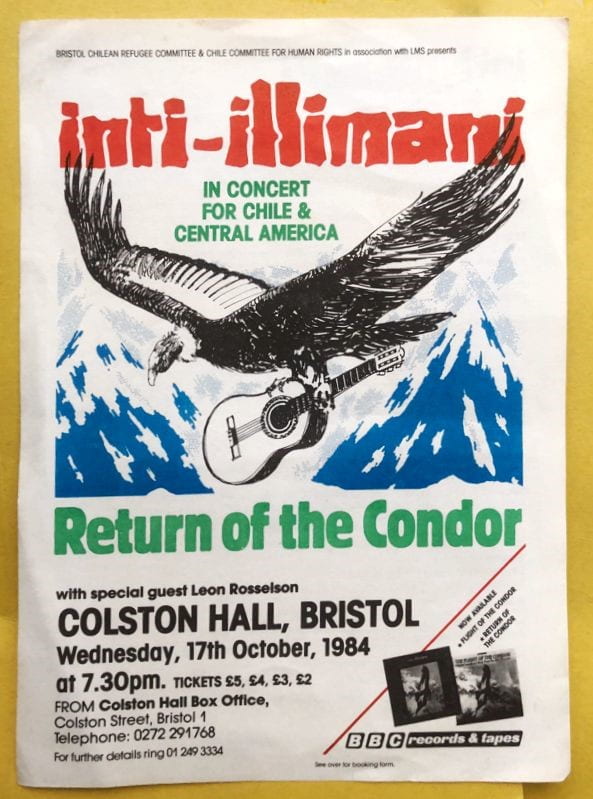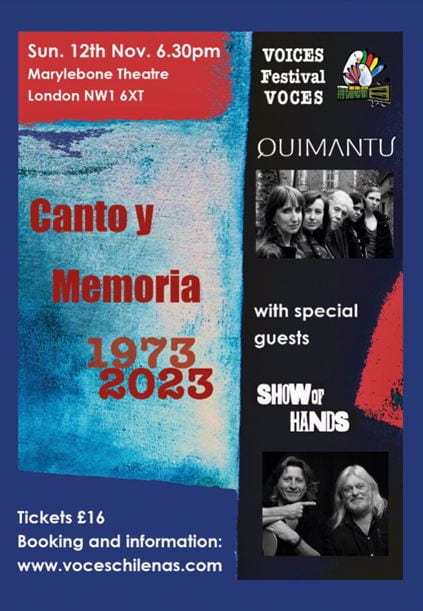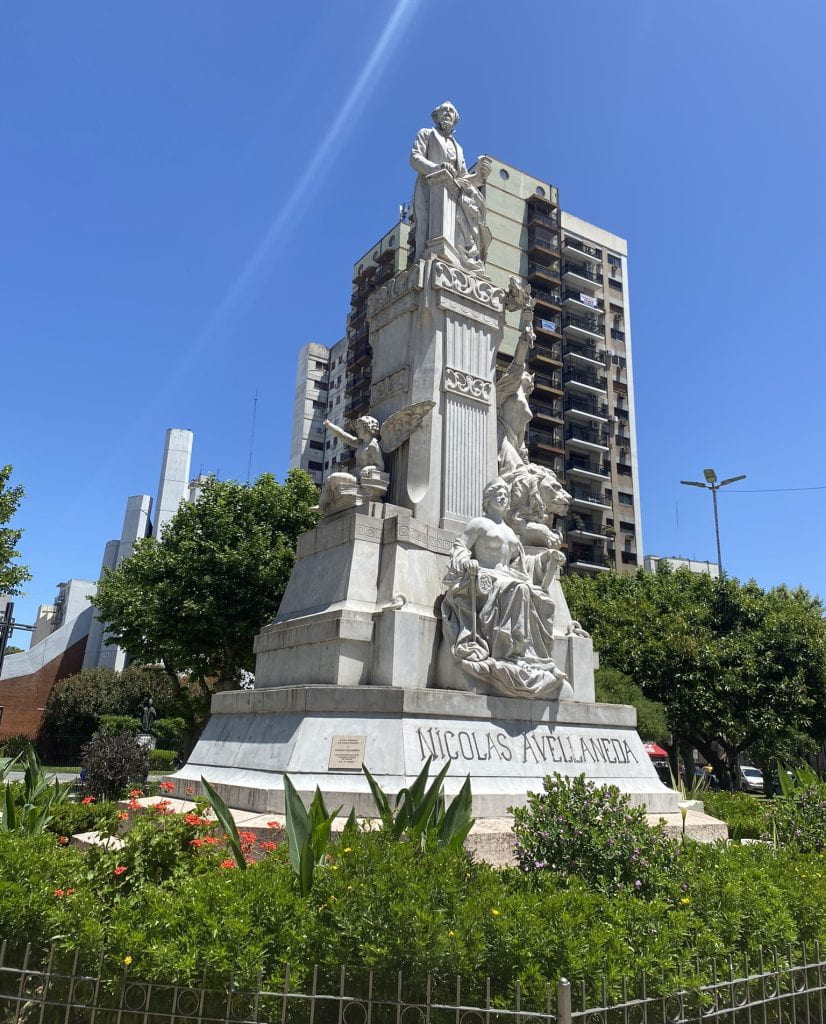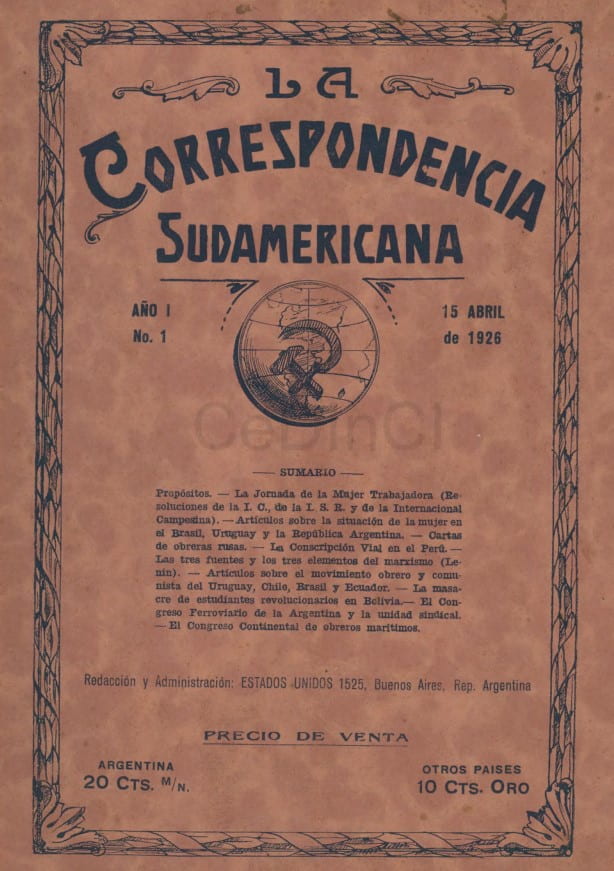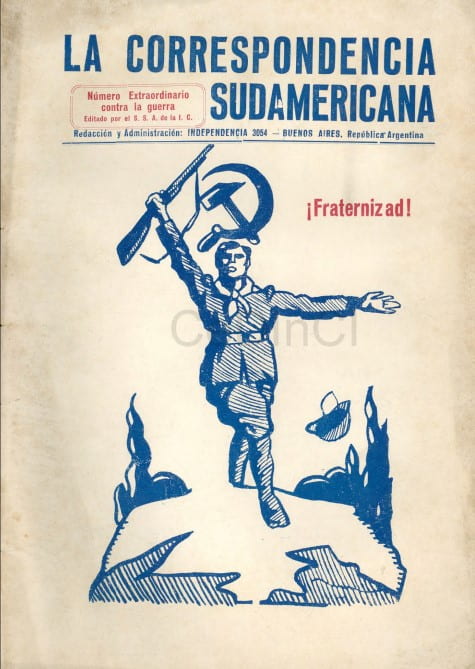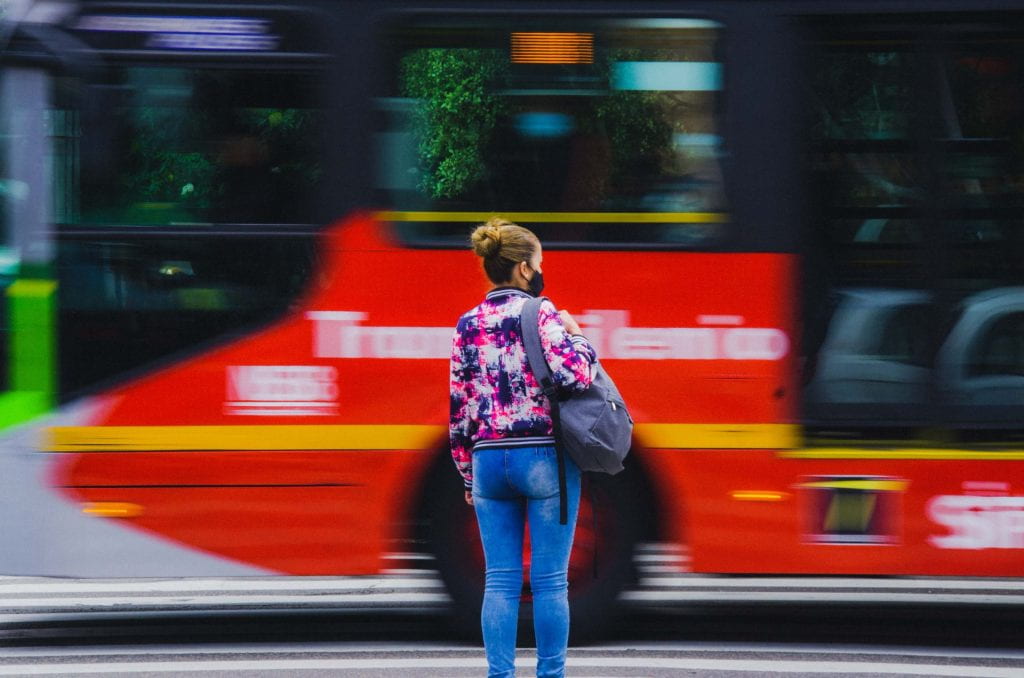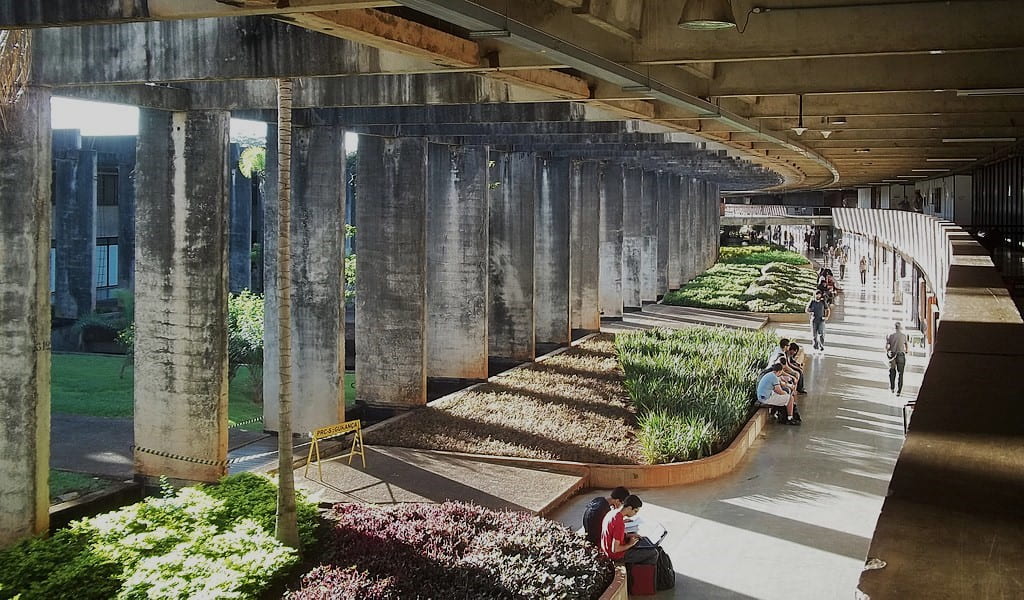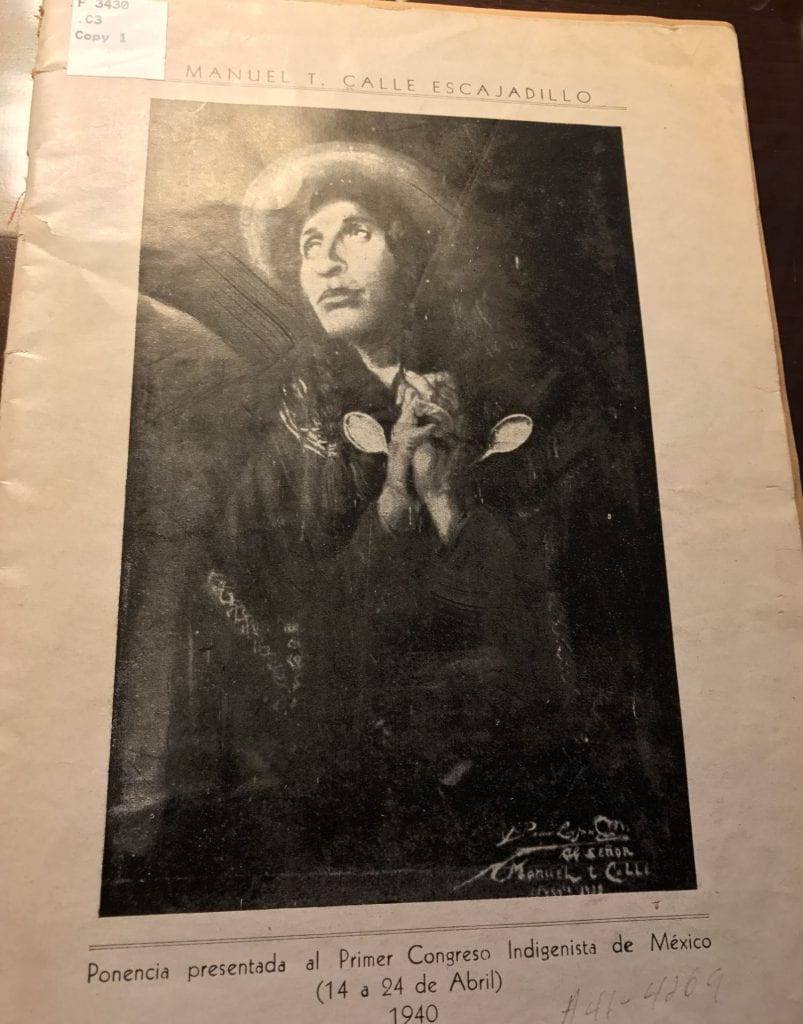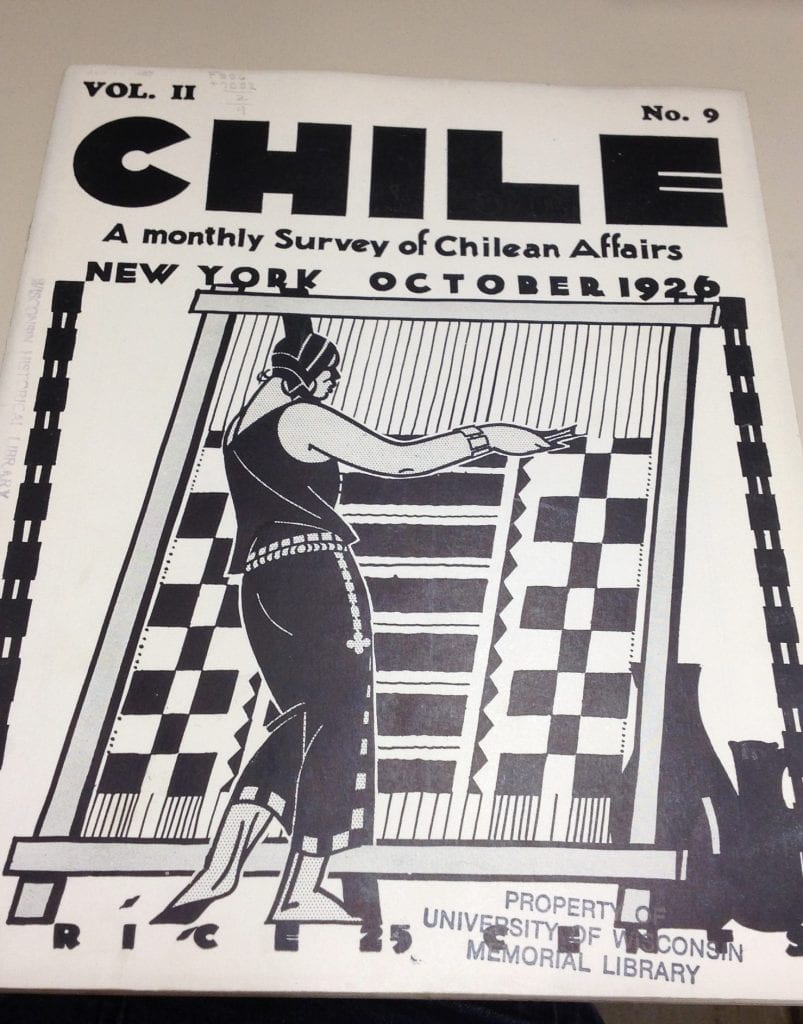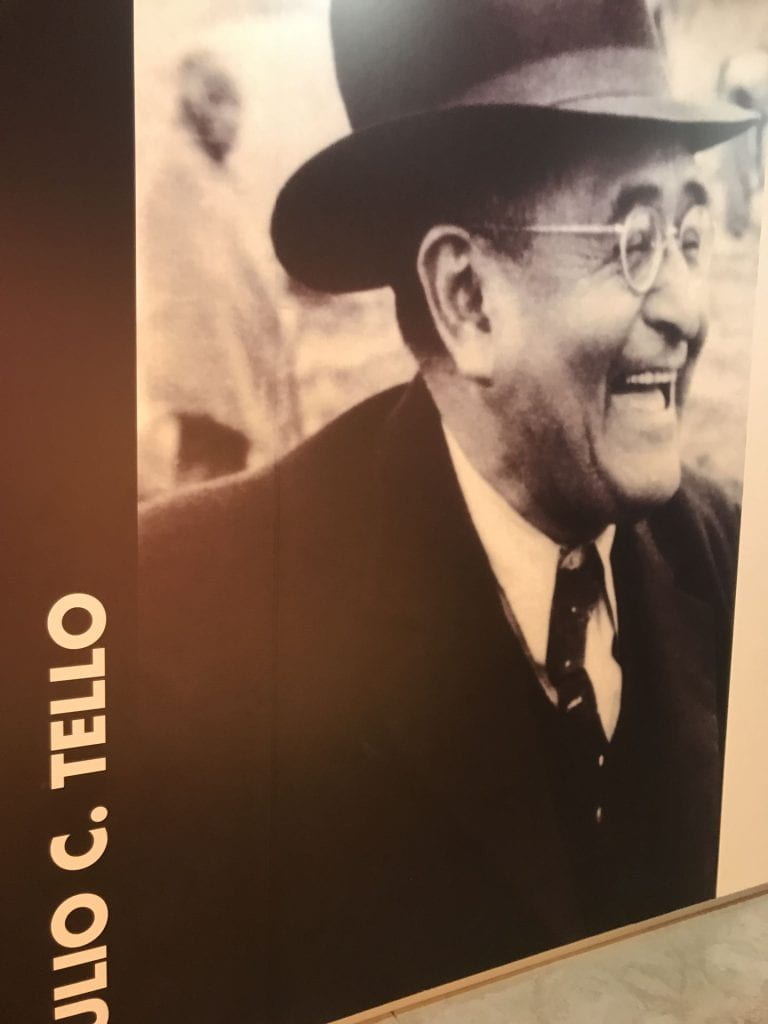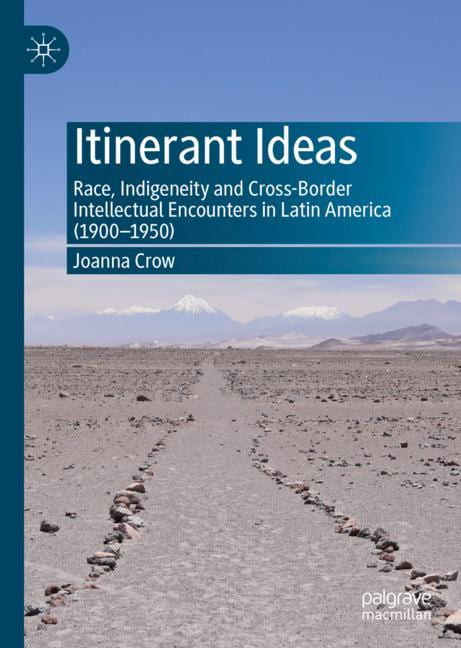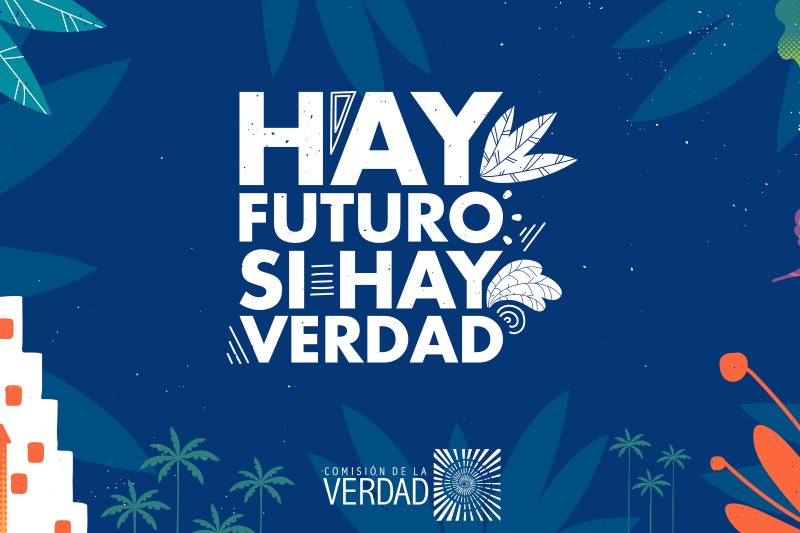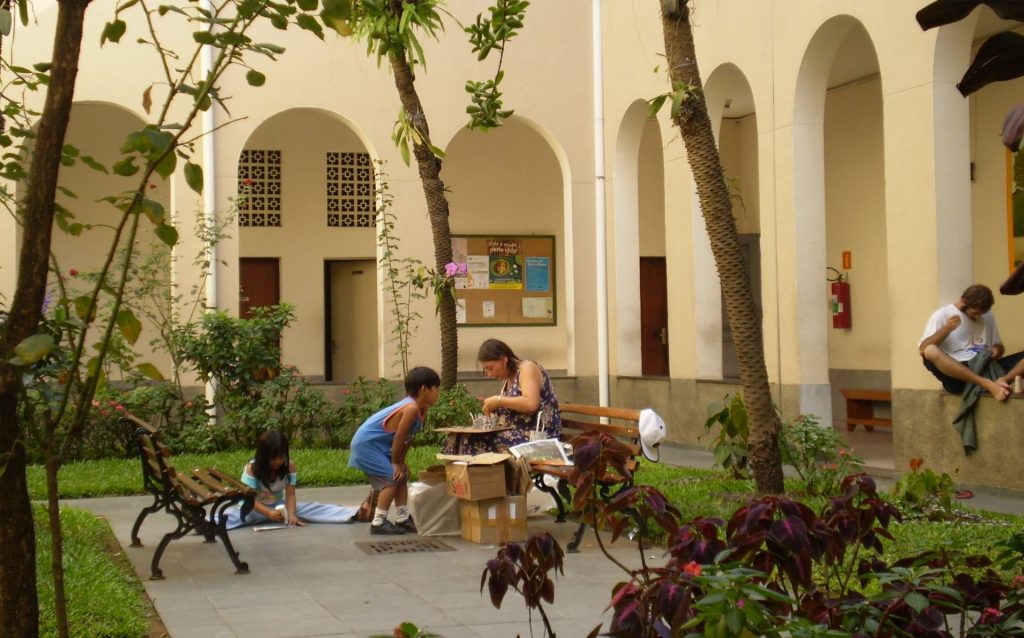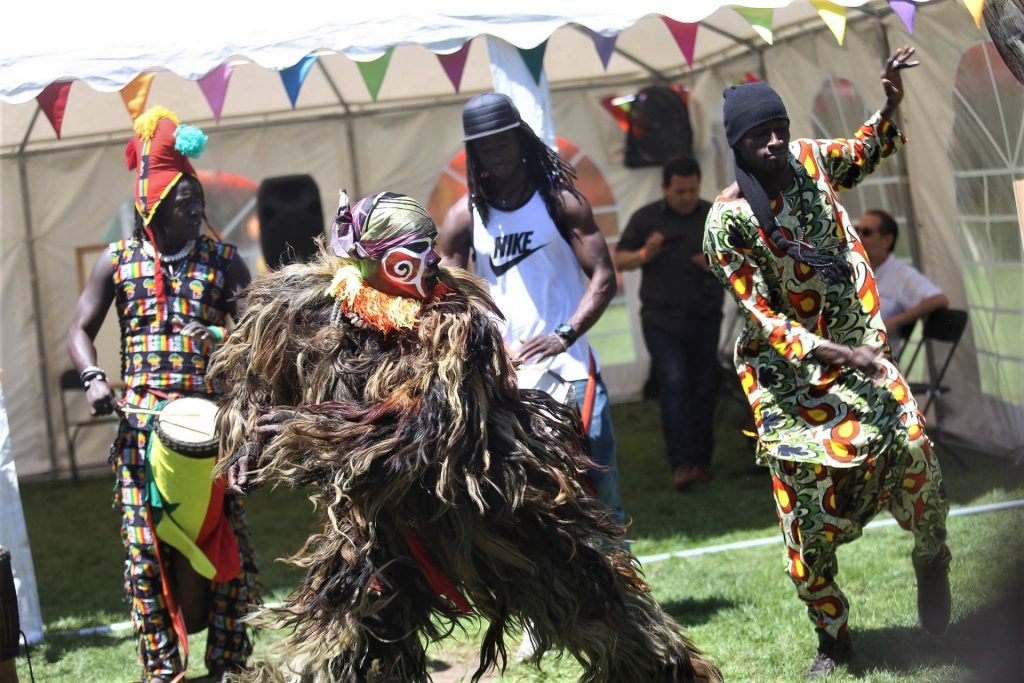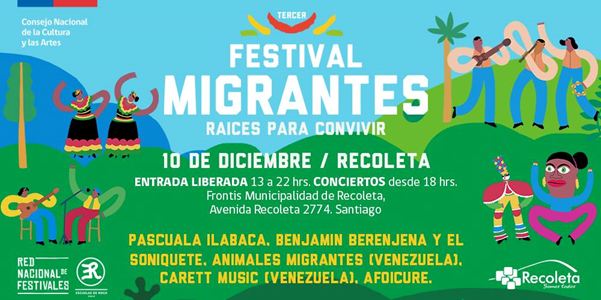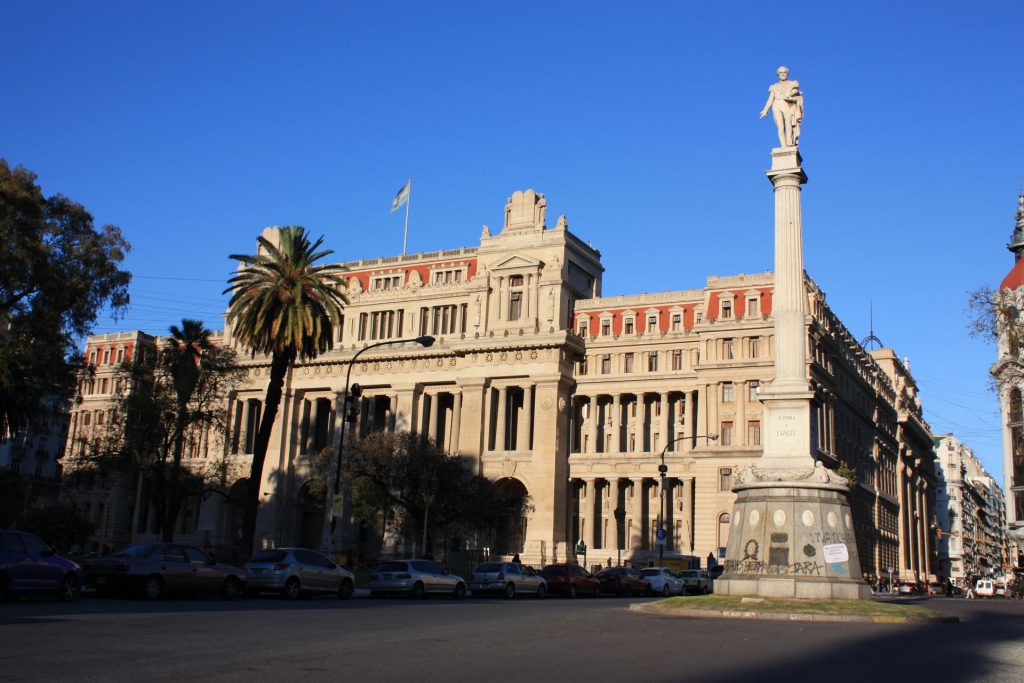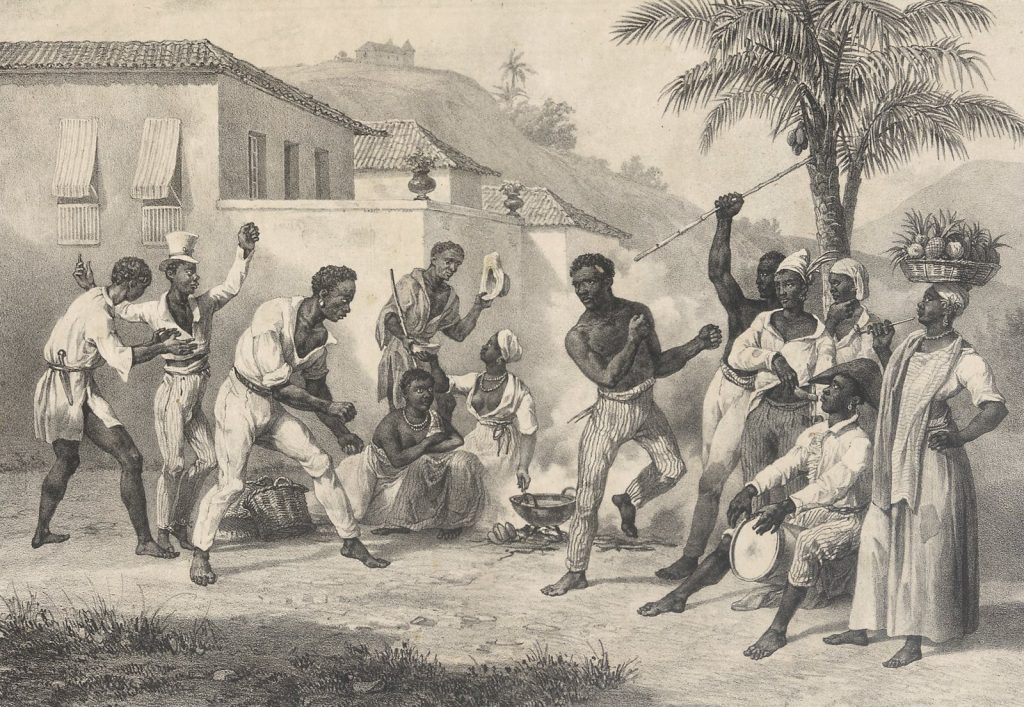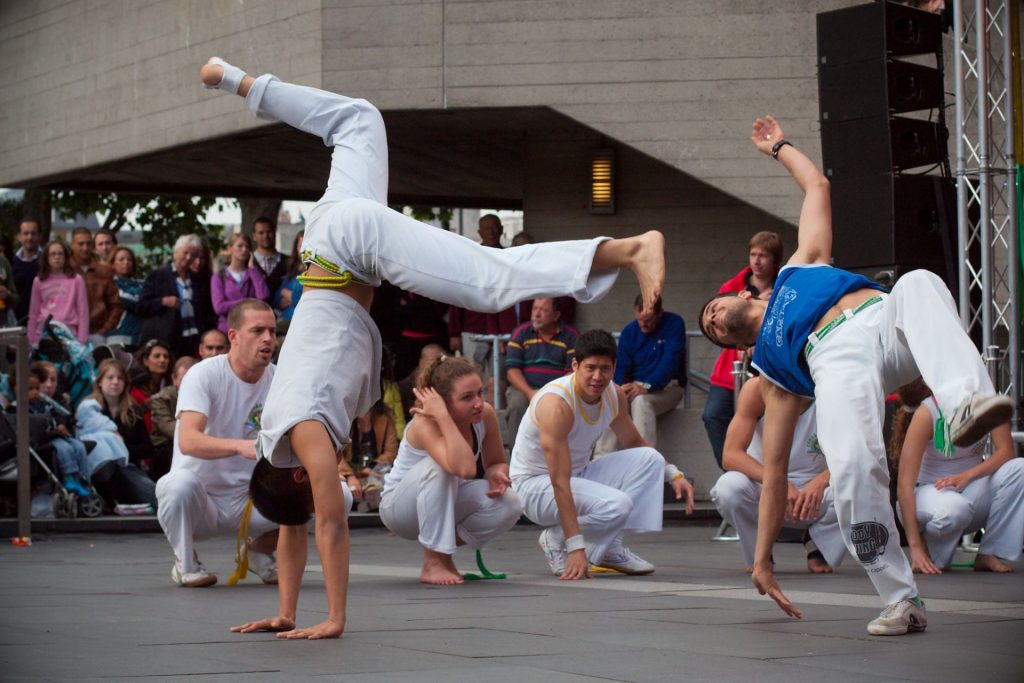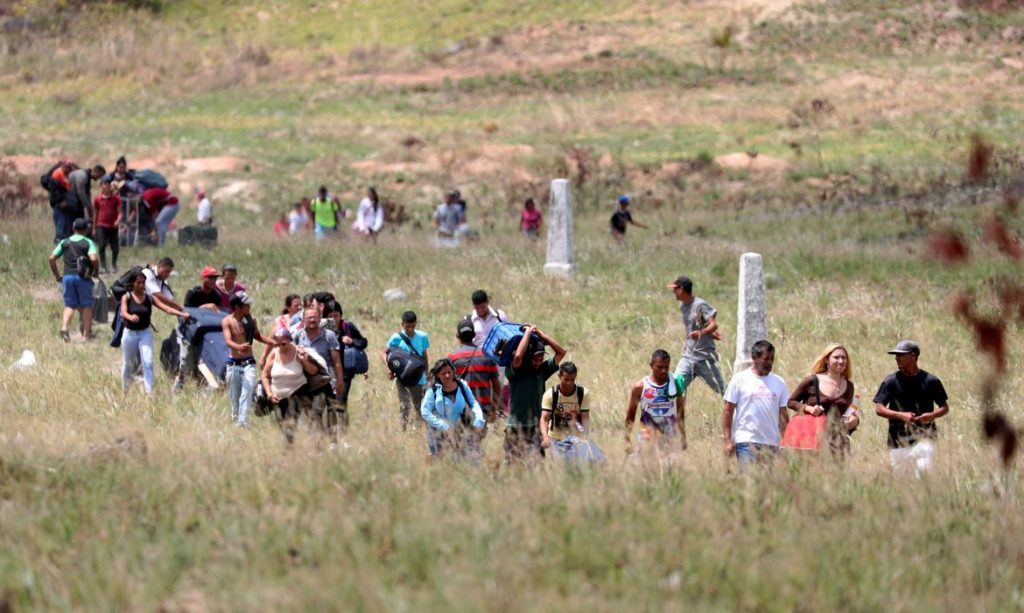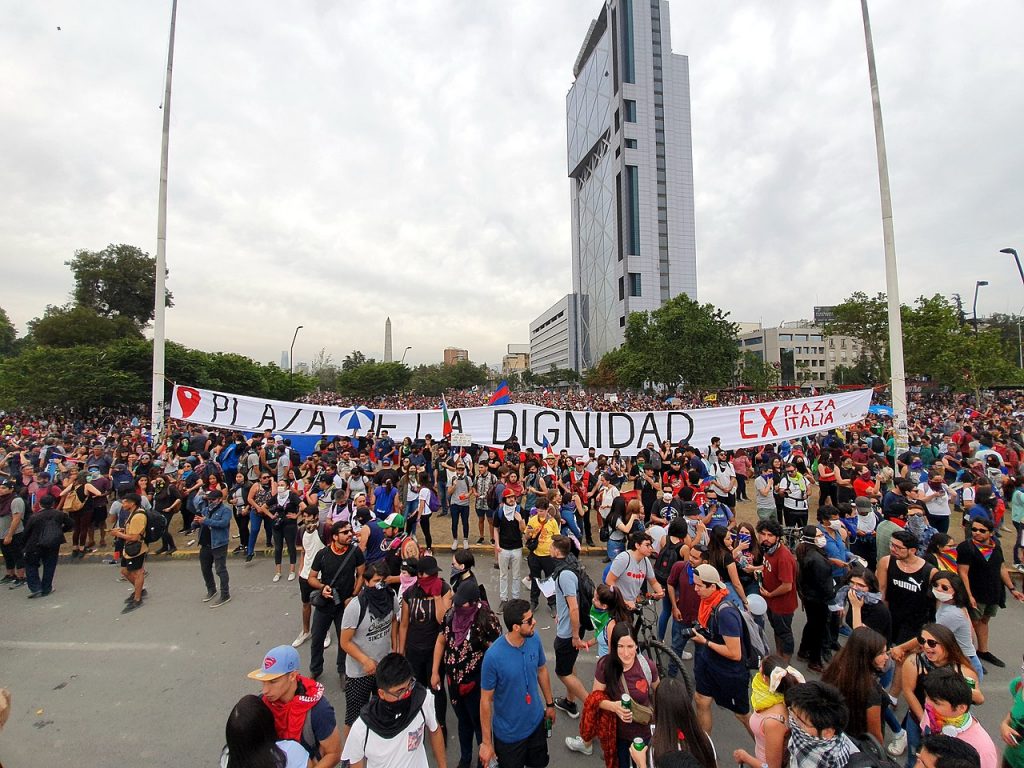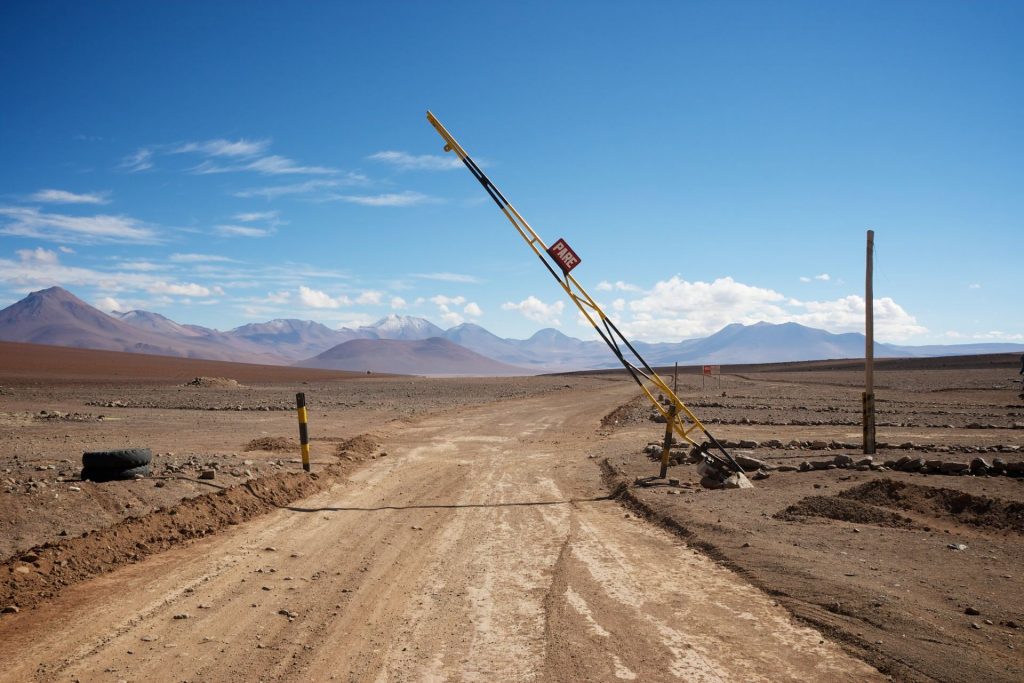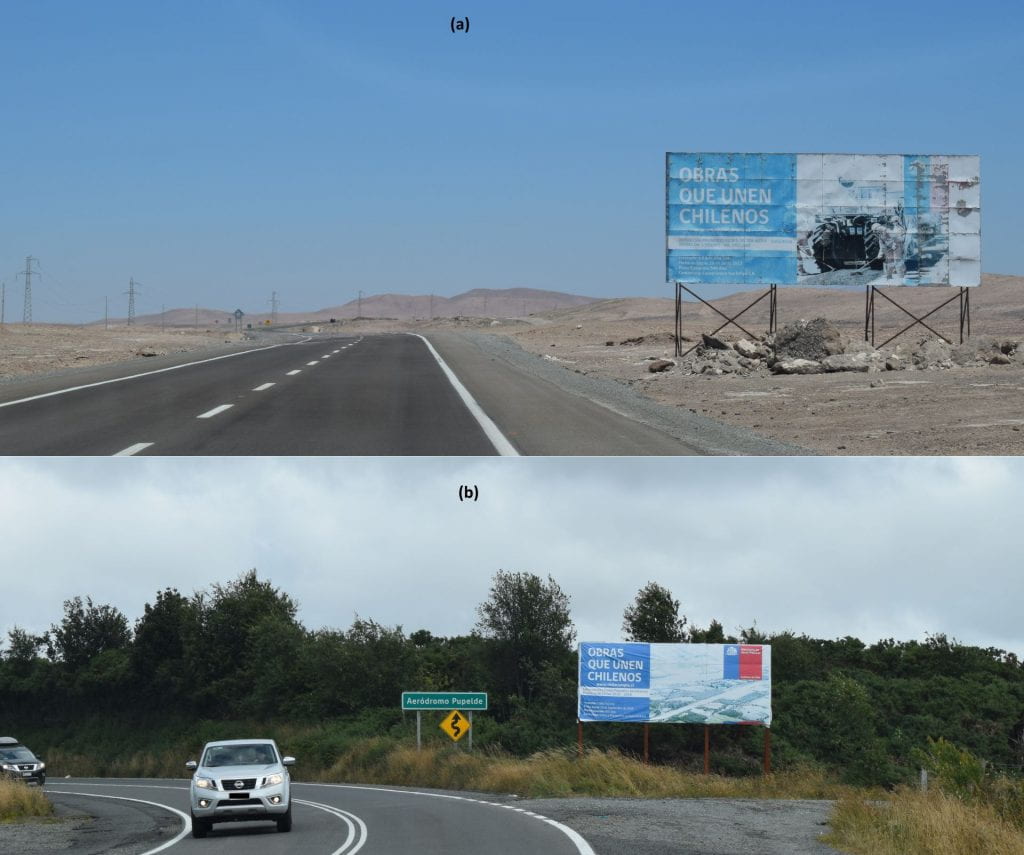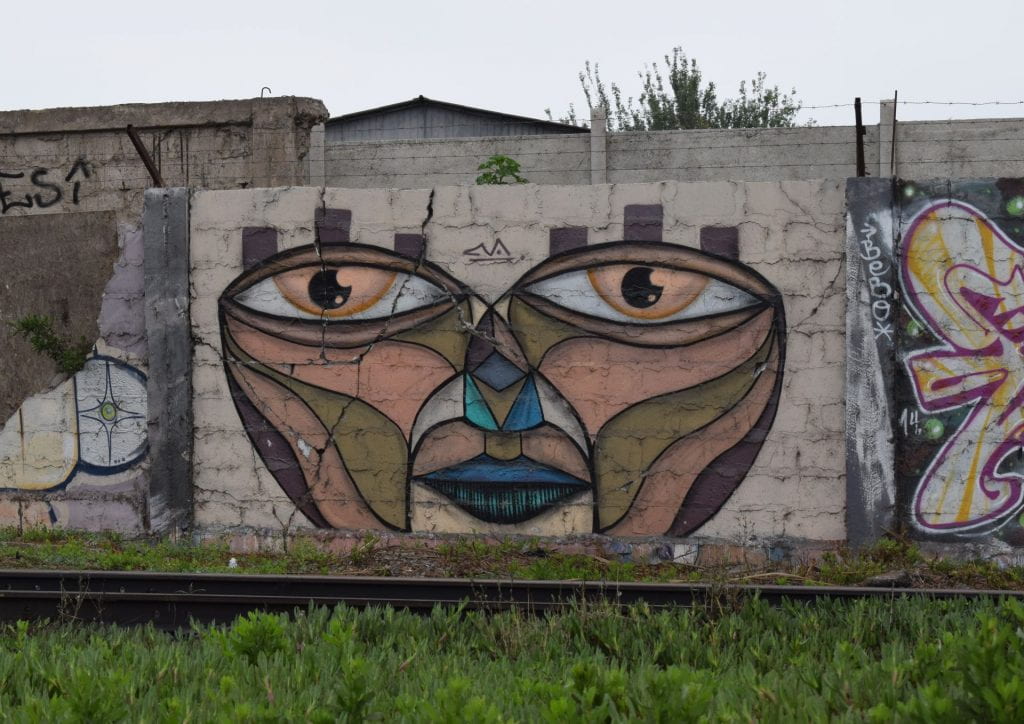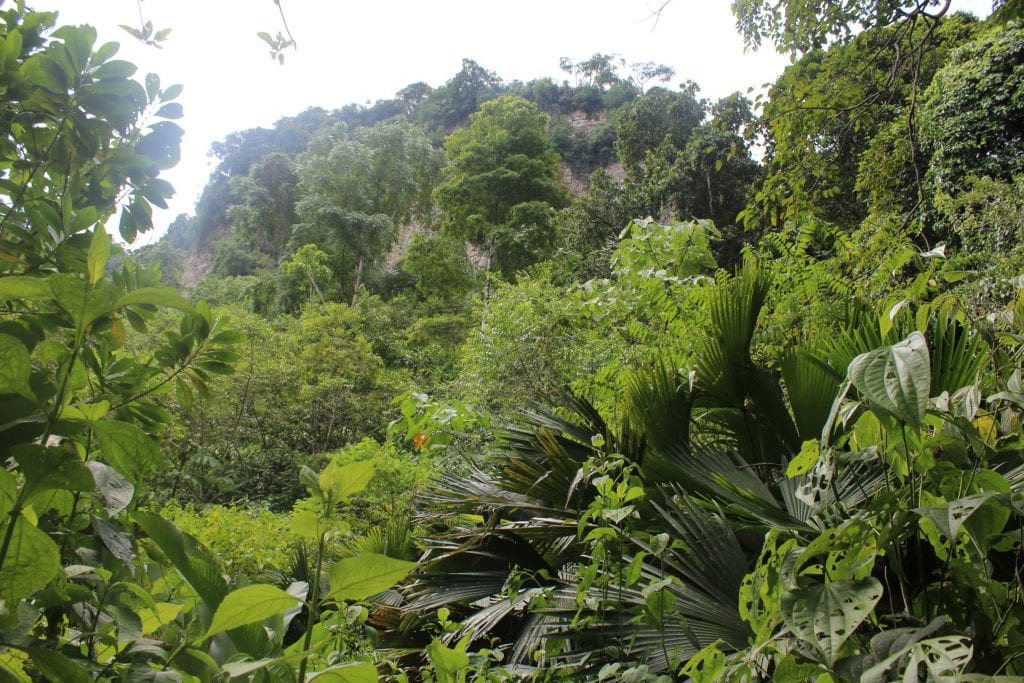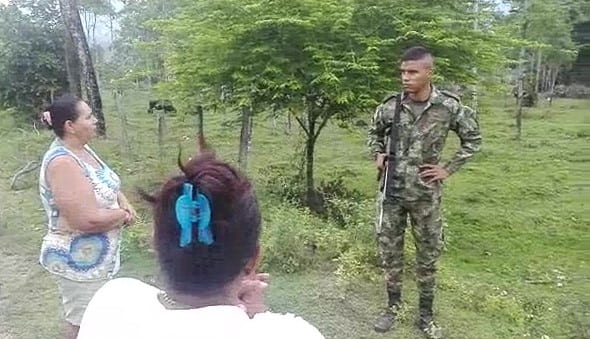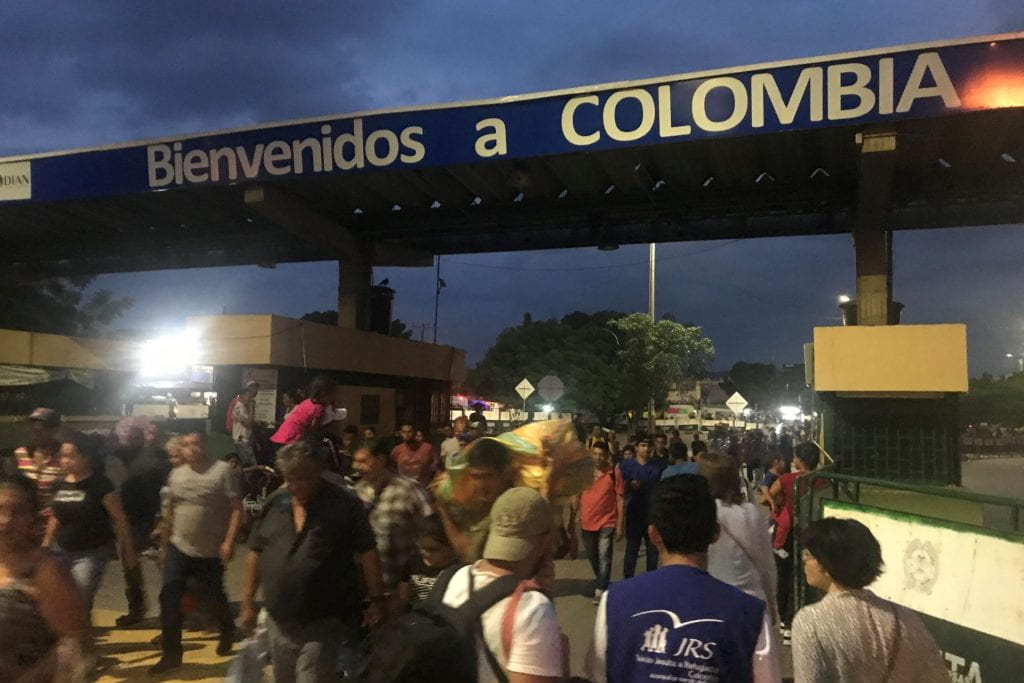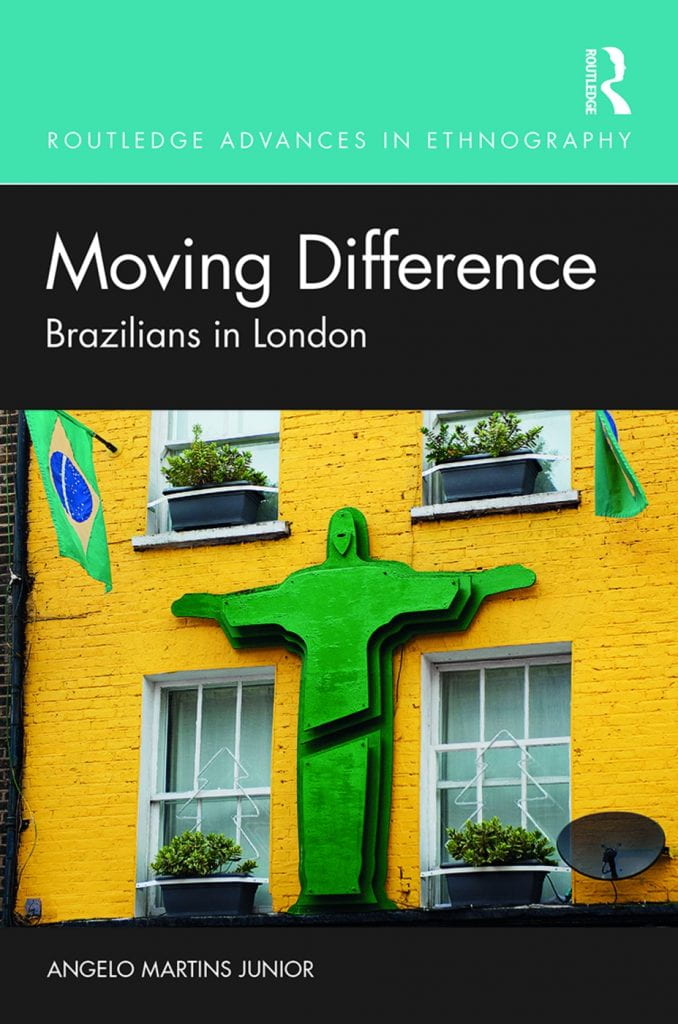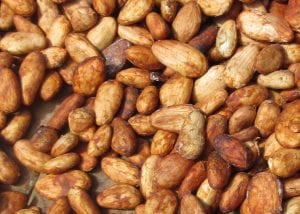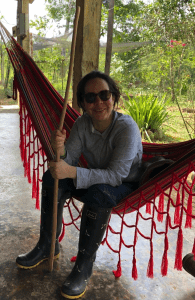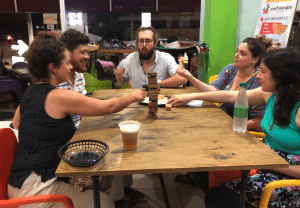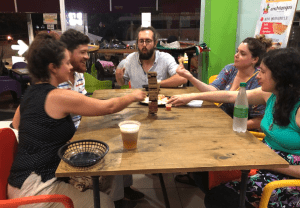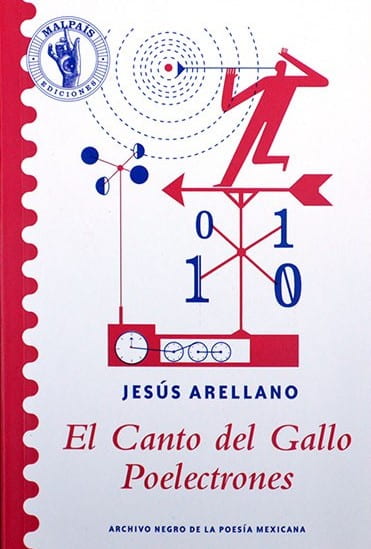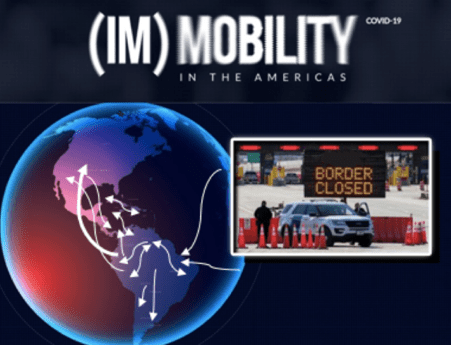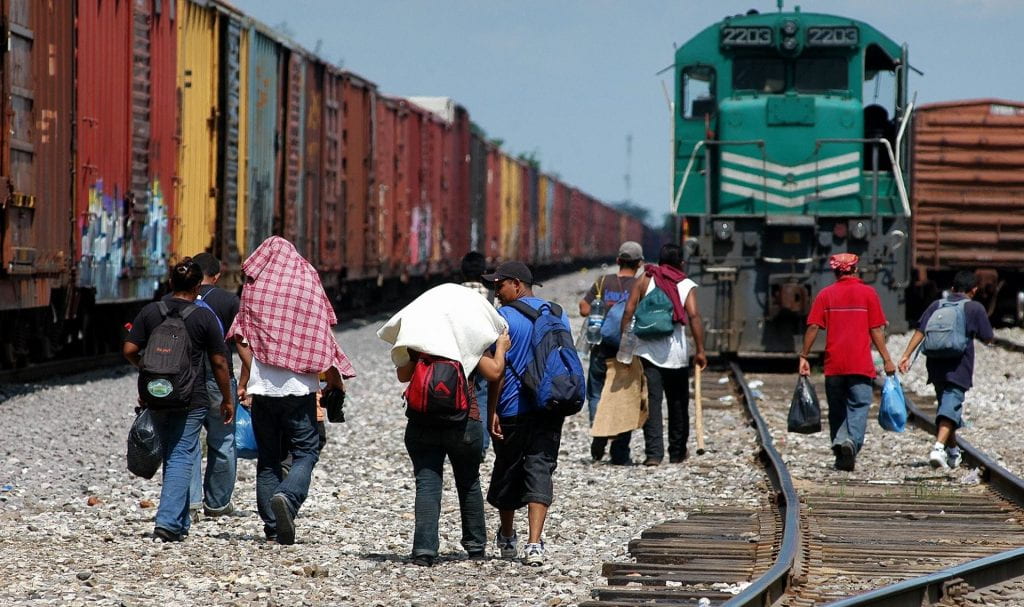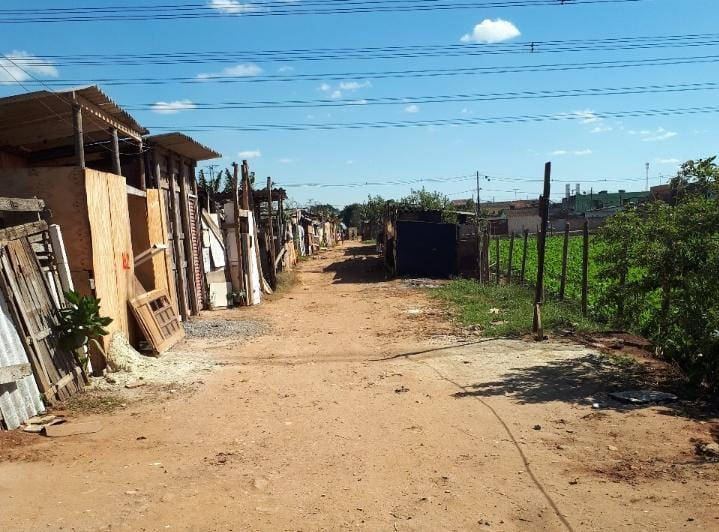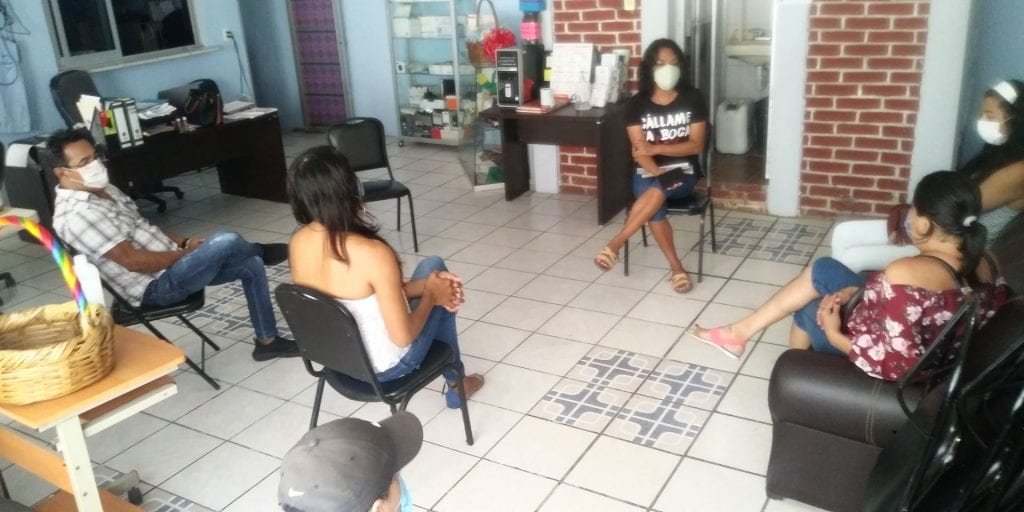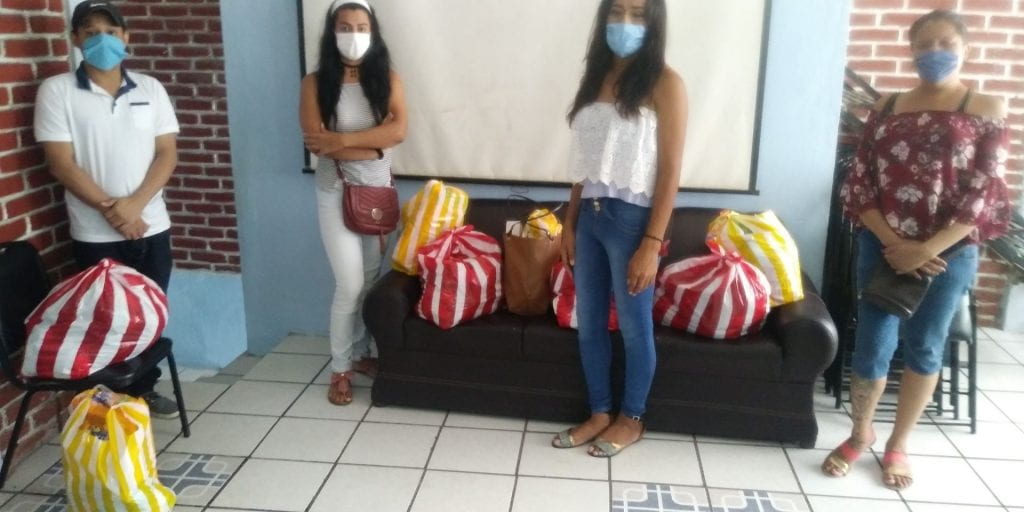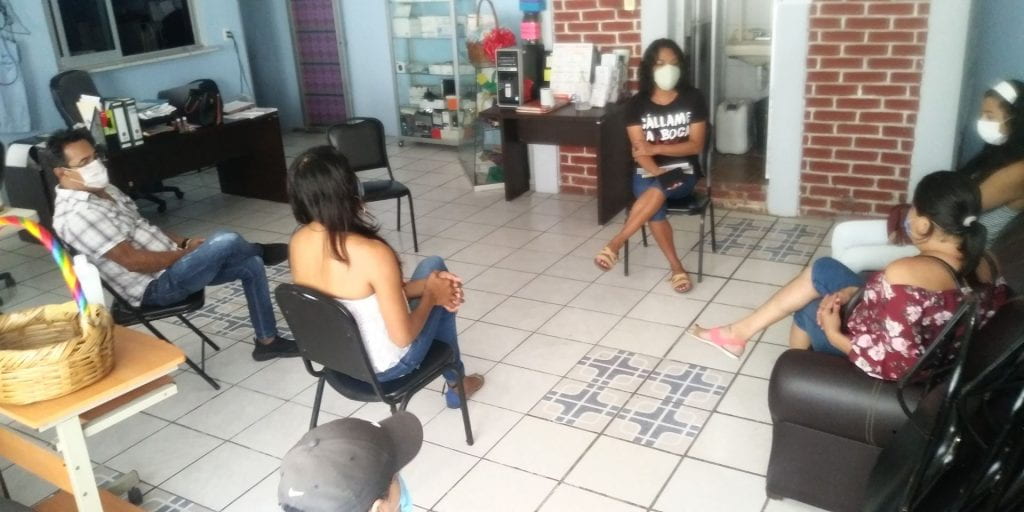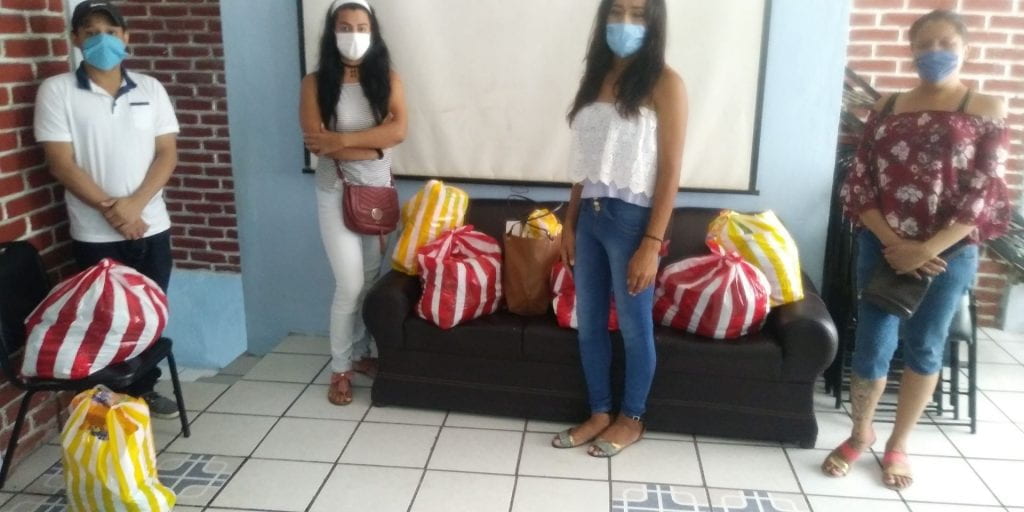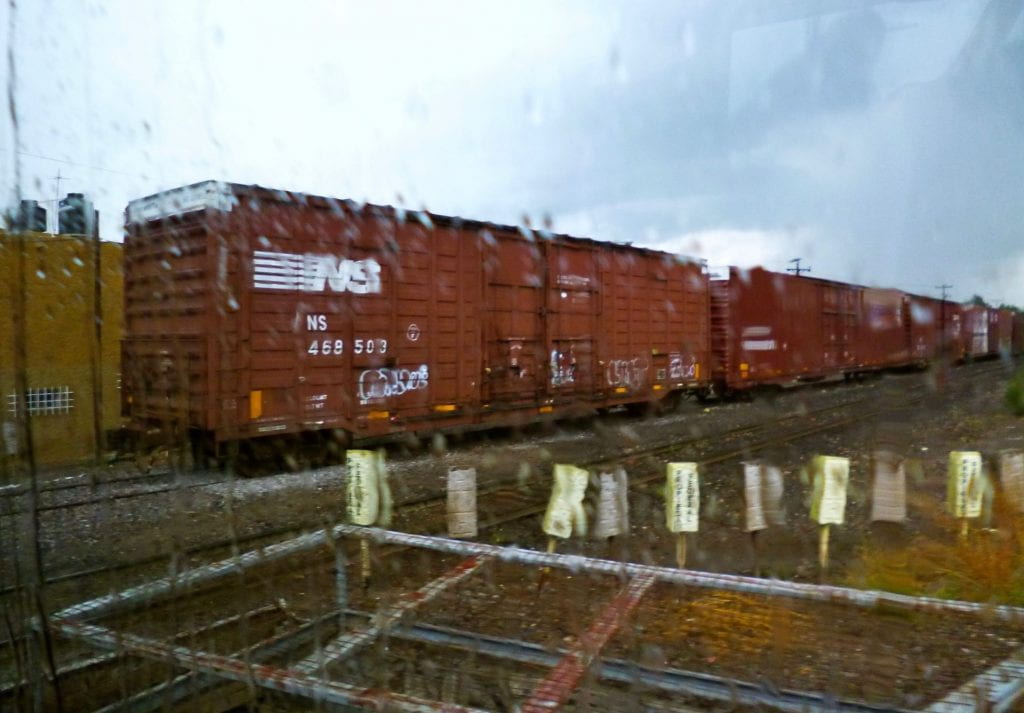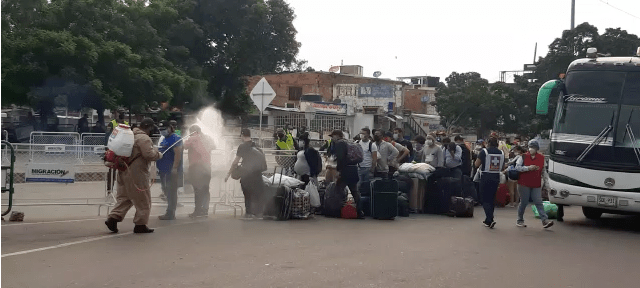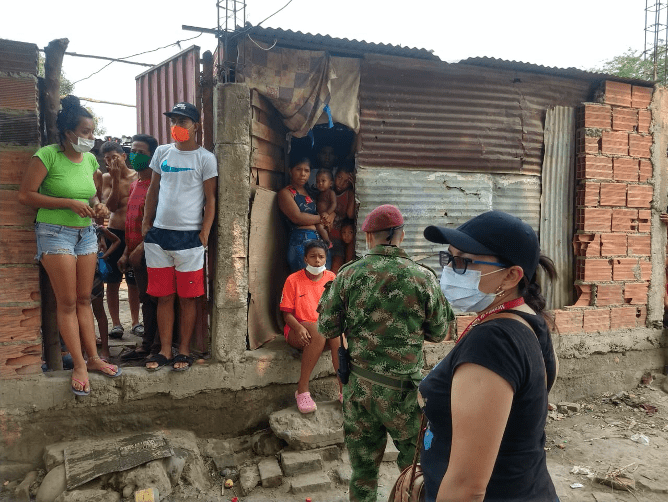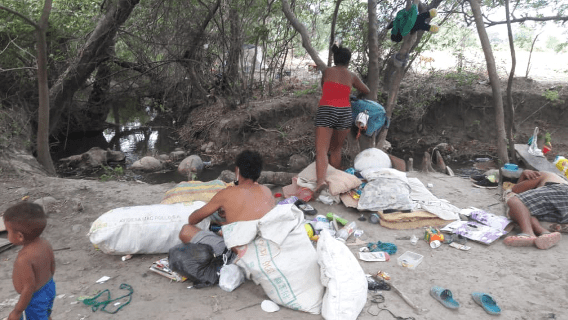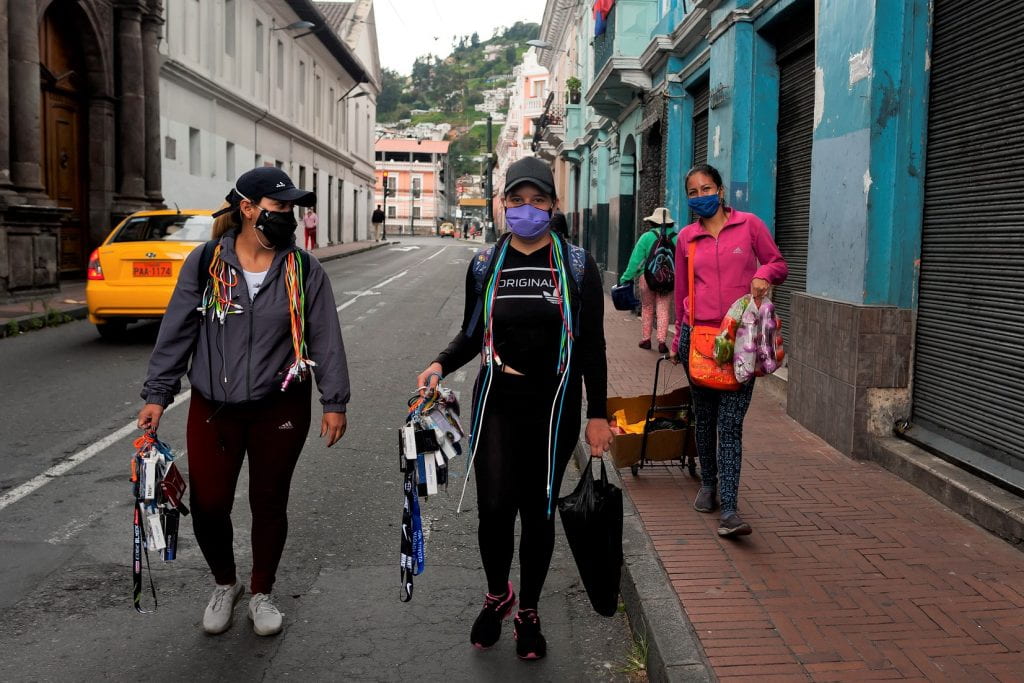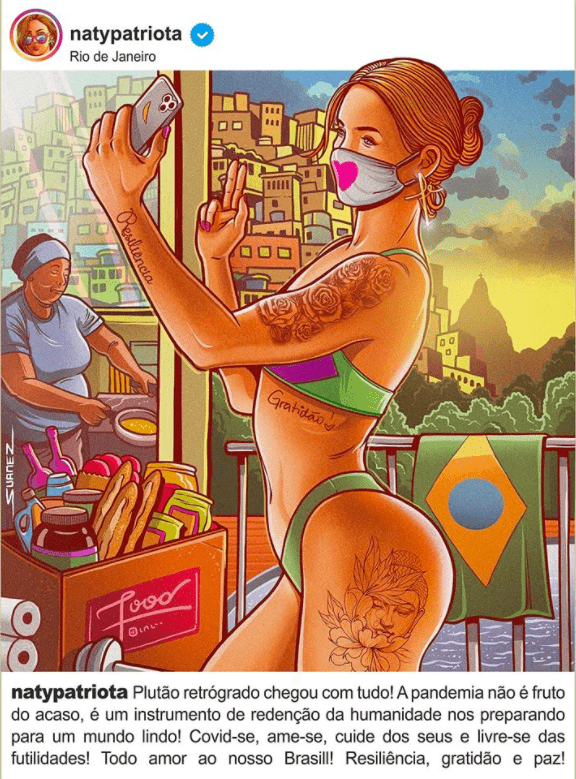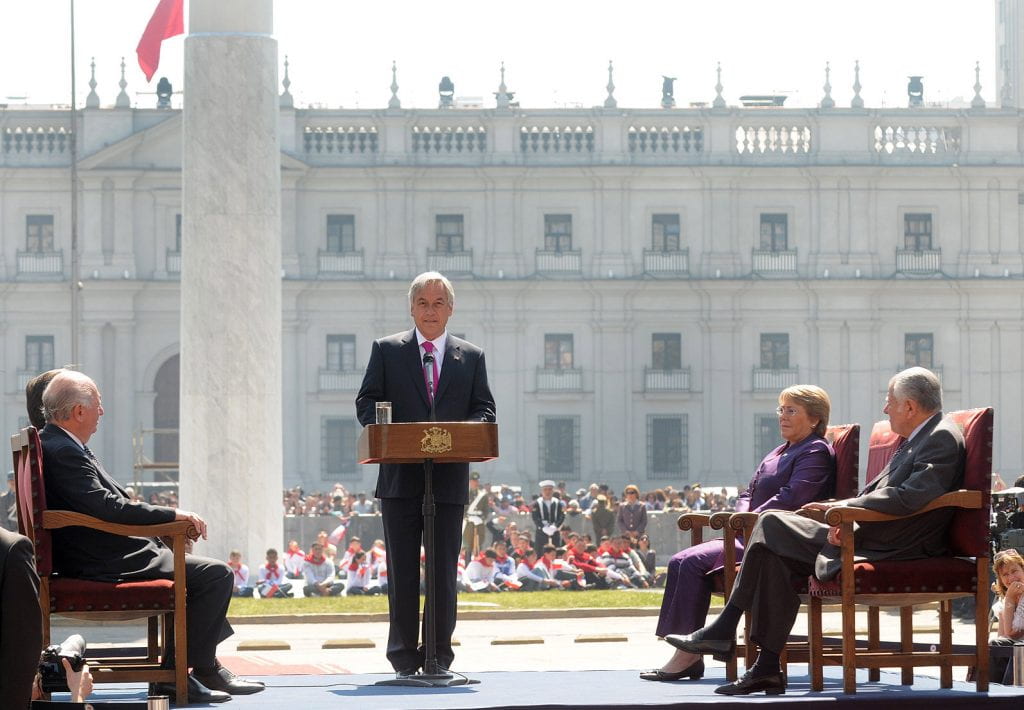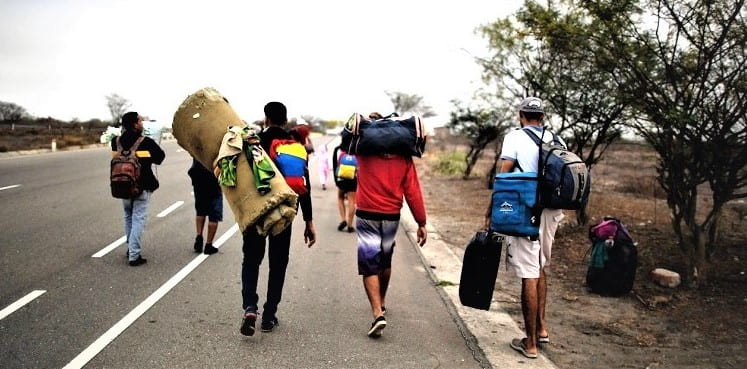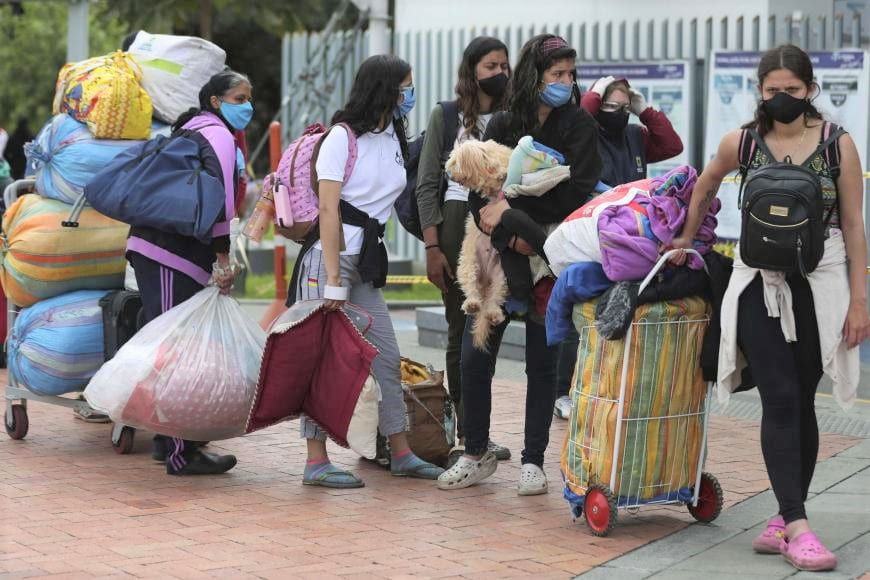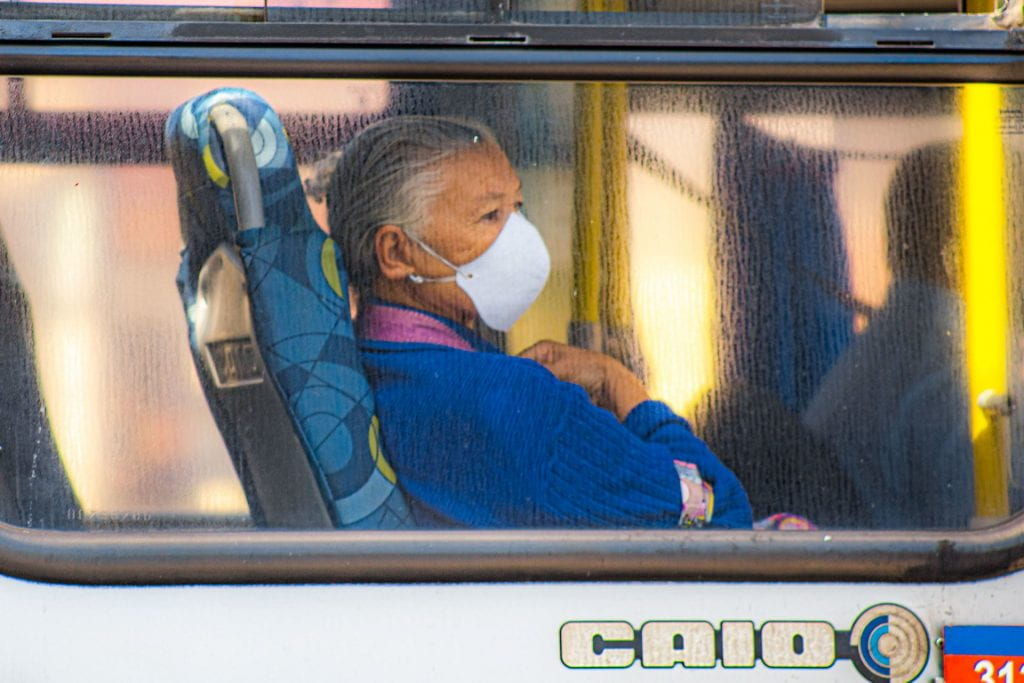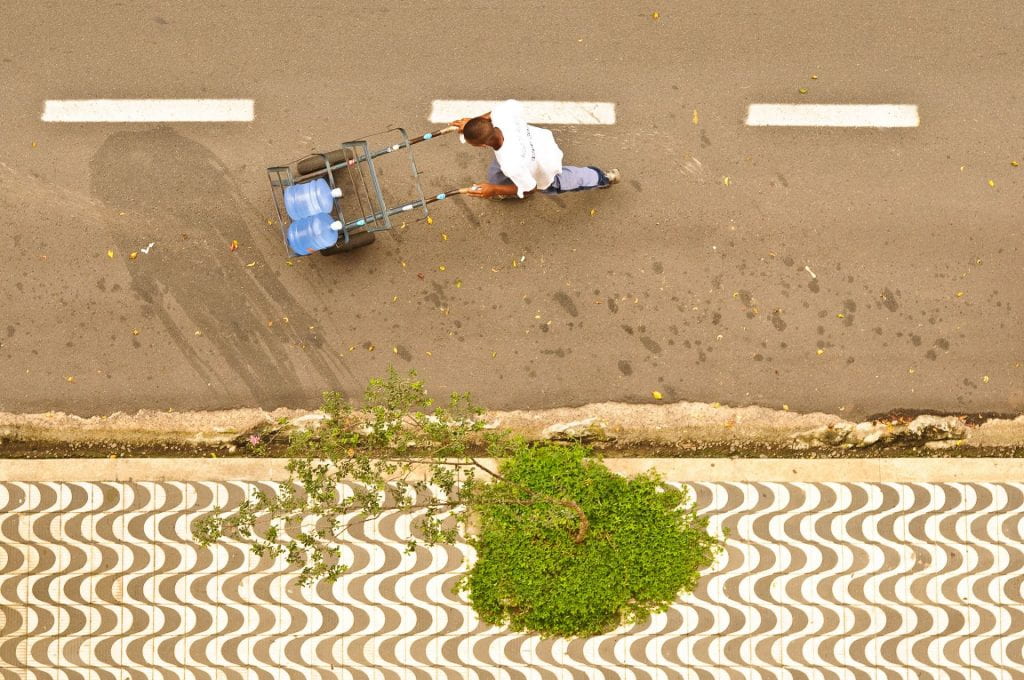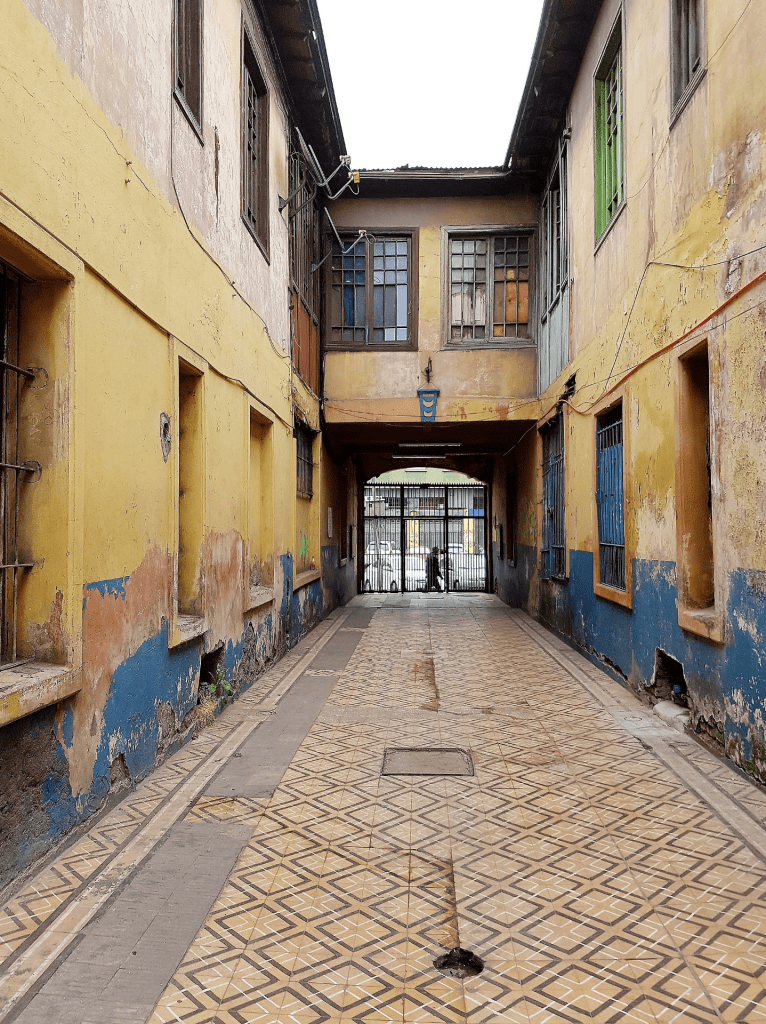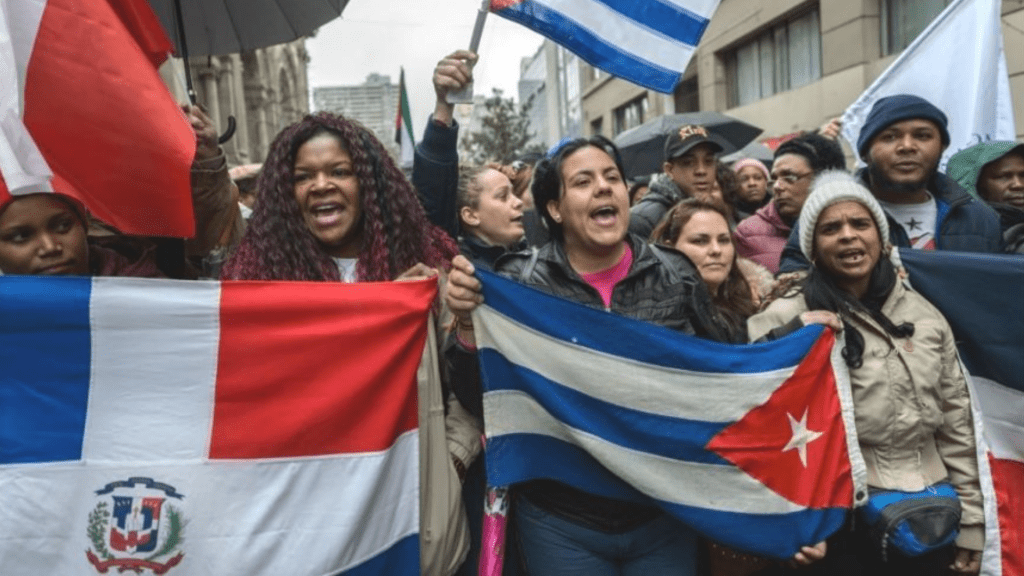By Orlando Deavila Pertuz and Bethan Fisk.
What stories are told about the Caribbean? What do these narratives exclude? How can we broaden the story? And how can we teach a wider vision of the Caribbean to students of all ages and wider publics?
Orlando Deavila Pertuz from the Instituto Internacional de Estudios del Caribe at the Universidad de Cartagena, Colombia, joined us at the University of Bristol in November 2023 to share his work on internal migration in Caribbean Colombia and take part in a workshop centred on how we tell stories about the Caribbean. Orlando’s perspective demonstrates the importance of including Latin American and mainland Caribbean mobilities, histories and cultural production to how we think about the region.
Orlando Deavila Pertuz shared his research on rural to urban migration from the former maroon community of Palenque, in Caribbean Colombia, to the city of Cartagena. Palenqueros, who speak their own creole language, experienced a profound racialisation with lack of access to employment and housing, and created enclaves and endogamous communities apart from the mainstream society, leading to the creation of what Deavila Pertuz calls the ‘first racial-based movements in Cartagena during the 1980s’. His work details the place of race in the production of urban space and how race guided the life experience of the rural migrants that flocked the city’s peripheries during the twentieth century.

Bridging the gap: stories from the Greater Caribbean
The Colombian Caribbean shares a common history with the islands and continental territories of the Caribbean basin. This is a history marked, mostly, by processes including colonialism, transatlantic slavery, the presence of imperial powers, the permanent flow and exchange of people, cultures, capital and goods, and, more recently, the contradictory effects of tourism development. Cartagena (or Cartagena de Indias) is a key site for understanding African diasporic and Caribbean history. The city was the centre of the Spanish American slave trade for two centuries, the colony’s most important port, home to the Inquisition with jurisdiction over the whole region, and a major place of afrodescendiente political mobilisation in Colombia’s nineteenth-century revolutionaries wars, independence and beyond. Black mobilities during and after slavery have long connected the long northern coast of South America to the islands of the Caribbean archipelago. Indeed, the Caribbean was fundamental to Colombia’s independence. When Spanish royalists defeated Simon Bolívar during the early years of the war of independence, he found asylum in the British colony of Jamaica and later in Haiti. The Republic offered ships and weapons to Bolívar so he might resume the struggle for independence. However, by the twentieth century, Colombian elites had turned their back on the Caribbean.
While nineteenth-century architects of the nation sought to de-Caribbeanise the newly named ‘Atlantic’ coast, it continued to be shaped by movements and cultural flows from and between the islands throughout the twentieth century, through labour migration—most notably West Indian workers for the United Fruit Company including Marcus Garvey—to the popularity of baseball and boxing. Deavila Pertuz asks, how do we make a history of Colombia as part of the Greater Caribbean? How do we bridge the gap that Colombian elites created since the nineteenth century?
Caribbean stories across borders
The Instituto Internacional de Estudios del Caribe, founded in 1993, has been at the forefront of the academic endeavour of reintegrating the northern coast of South America into conceptions of and studies of the Caribbean. One of the key reasons for meeting was a workshop to collectively think through how we can have broader stories about the Caribbean across borders, whether those be boundaries of empire, language or discipline, and within academia, educational institutions and beyond.
With an eye to thinking about how we can broaden understandings of the Caribbean in diverse educational settings, Deavila Pertuz traced the pioneering work of the Instituto in the creation of teaching materials. Materials included school primers entitled ‘Afrodescendants in Cartagena: A Story To Be Told’ (2011) matched with archival documents from the Centro de Documentación para la Historia y la Cultura de los Afrodescendientes en el Caribe Colombiano (CEDACC) (the Centre for Documentation of the History and Culture of the Afrodescendants in the Colombian Caribbean). Its purpose is to facilitate access for local researchers, teachers and students to archival sources held in the General Archive of the Nation in Bogotá and the General Archive of the Indies in Seville. Once established, CEDACC facilitated the creation of new knowledge, not only about the city’s history but also about these historical processes, such as the slavery, independence and colonialism that the northern coast of Colombia shared with the Greater Caribbean. In order to make this content accessible to a wider audience, the Instituto produced a CD collection with key sources of transcribed archival documents. In 2013, it also launched a short documentary series called ‘Cartagena: piel de cimarrones’, exploring histories of slavery, independence, cultural production and the experiences of Afro-Colombian women.
Towards broader Caribbean stories
The workshop in Bristol was concluded with an interdisciplinary roundtable discussion from colleagues in Anthropology, Education, English and HiPLA (Hispanic, Portuguese and Latin American Studies), along with local teachers and some brilliant year nine students. Some crucial collaborations emerged which form the basis of a future project that will bring together community groups, schools and teachers to co-produce resources for teaching a multilingual, multi-imperial and multi-ethnic history of the early modern Caribbean.



